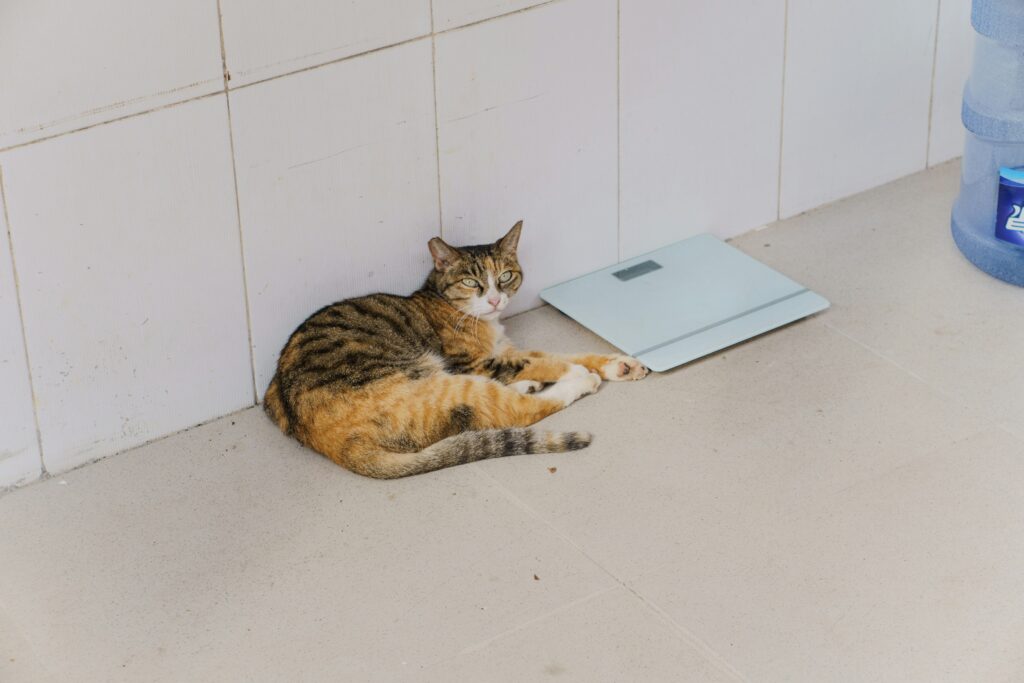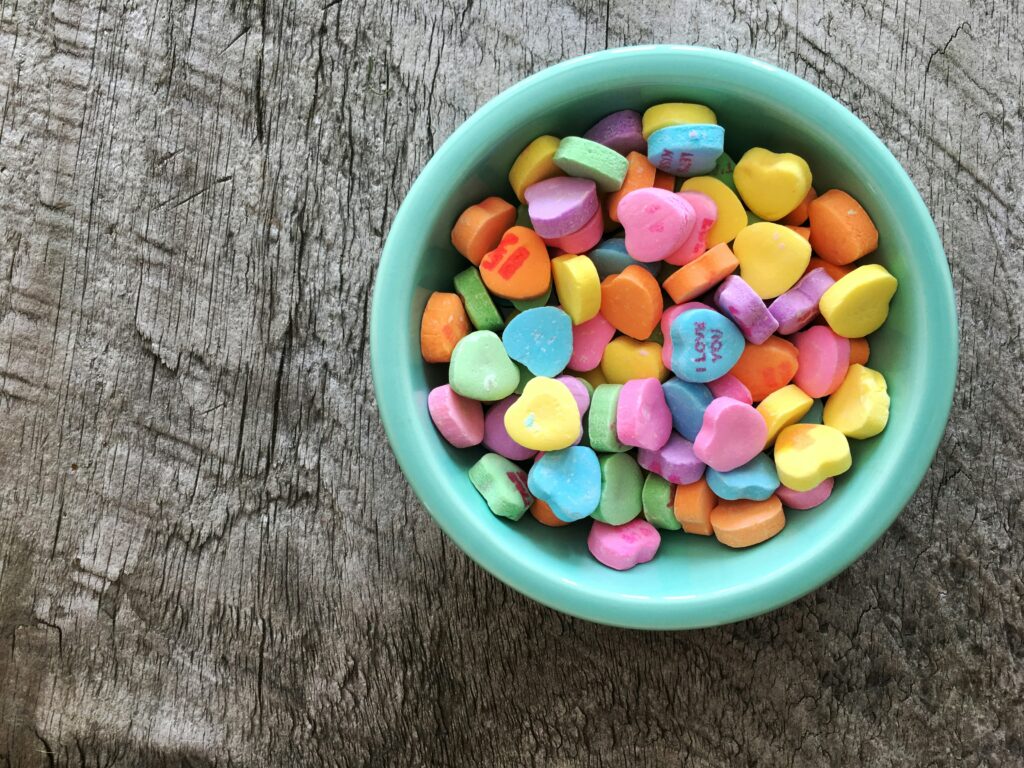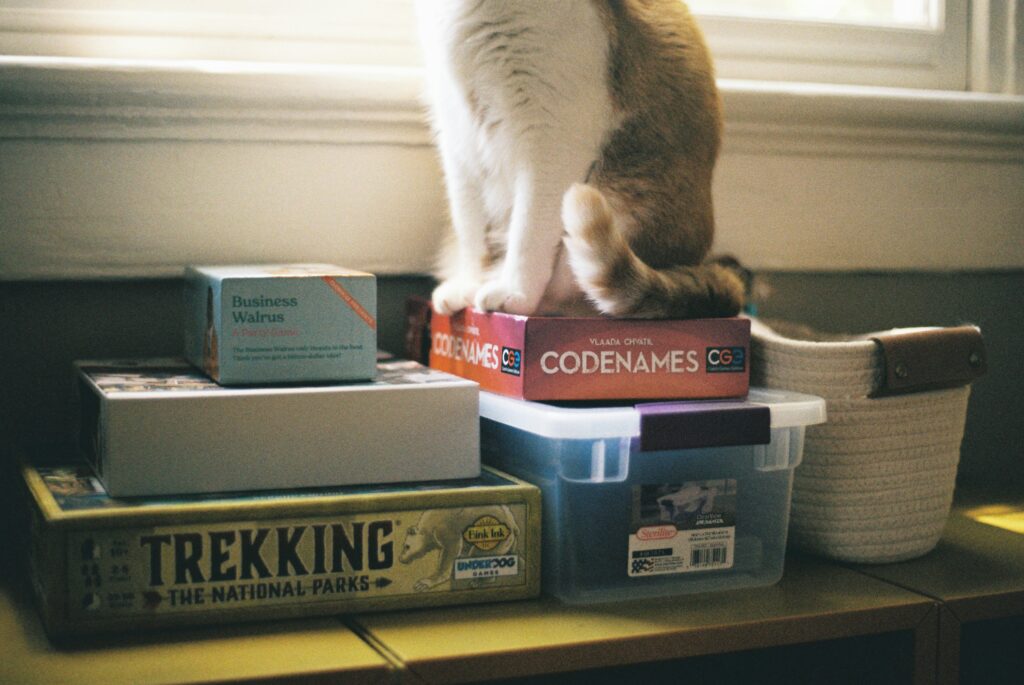Why Nutrition Matters More Than You Think
If you want to understand your pet’s long-term health, start with the food bowl. Many chronic conditions—obesity, joint issues, skin problems—don’t just appear overnight. They build up over years of subpar nutrition. Feeding your dog or cat the right nutrients consistently is one of the most powerful ways to extend their quality of life.
Food isn’t just fuel. It’s daily medicine. While treatment has its place, prevention begins in the kitchen. A balanced diet strengthens the immune system, keeps organs running efficiently, and supports everything from coat quality to cognitive function. It’s maintenance work that you’ll never see on a clinic invoice—but it pays dividends in fewer vet visits and a more active, pain-free pet.
Still, a lot of owners unintentionally get it wrong. Common slip-ups include overfeeding, mistaking marketing for real nutrition, or assuming all pets can eat the same food. Dogs and cats have very different needs, and not all kibble is created equal. Table scraps, too many treats, or skipping vet consults during diet changes can all set pets on the wrong course.
Bottom line: don’t wait until your pet gets sick to start thinking about nutrition. Food is the first line of defense. And as with most good habits, consistency beats intensity.
Issue 1: Obesity in Pets
Pet obesity doesn’t show up overnight—it creeps in, slowly. A few extra treats, a bit more food in the bowl, one too many skipped walks. Over time, those habits stack up, and before you know it, your dog’s collar is tight or your cat can’t jump up to the window ledge like they used to.
The risks are real. Obese pets face higher chances of arthritis, diabetes, heart disease, and even reduced lifespan. Extra weight stresses joints, strains organs, and makes everyday movement harder. It’s not just cosmetic—it’s full-body impact.
Fixing it starts in the kitchen. Portion control is non-negotiable. Skip the guesswork and use a measuring cup. Swap calorie-dense snacks for healthier options or cut treats in half. Low-calorie kibble can help, but don’t expect it to work miracles if the portions stay the same. Slow feeders also make a difference, especially for fast eaters—they stretch out mealtime and support better digestion.
Obesity is preventable, and reversible. But it takes commitment and some small but consistent changes. No gimmicks. Just discipline, routine, and better food choices.
Issue 2: Allergies and Sensitivities
Food allergies in pets are sneaky. They don’t always show up the way you’d expect. Instead of a clear-cut reaction, you might notice persistent scratching, ear infections that keep coming back, or messy, inconsistent stools. These symptoms are easy to miss—or mislabel as something else—but they’re often your pet’s way of waving a red flag about their diet.
Certain ingredients are usual suspects. Grains can be irritating for some cats and dogs. Chicken, oddly enough, is another frequent trigger, along with dairy. Even in so-called “premium” pet foods, these pop up often and quietly cause trouble over time.
To figure out what’s going wrong, many vets recommend an elimination diet—stripping the diet to the bare essentials and slowly reintroducing ingredients. Novel proteins like venison, duck, or kangaroo can give a clean slate. And limited ingredient diets (LIDs) help you take out the guesswork, keeping formulas simple and transparent.
Bottom line: if your pet’s skin or stomach seems off, look first at what’s in the bowl. Fixing the food can often fix the rest.
Issue 3: Poor Digestion and GI Trouble
Digestive issues in pets are more than just a messy inconvenience—they can be signs of deeper health problems. Understanding the root causes and making appropriate dietary changes can make a major difference in your pet’s comfort and overall well-being.
Recognizing Digestive Red Flags
Watch for these signs of gastrointestinal distress:
- Frequent vomiting
- Gas or bloating
- Loose or inconsistent stools
- Loss of appetite or fussiness around mealtime
These symptoms may point to food intolerances, poor digestive absorption, or sensitivities to certain ingredients.
The Role of Gut-Friendly Nutrition
Nutrition is key when addressing chronic digestive issues. The right combination of ingredients can help stabilize and strengthen the gut.
Key nutrients to look for:
- Fiber helps promote regular bowel movements and supports colon health.
- Prebiotics encourage the growth of beneficial gut bacteria.
- Probiotics restore balance in the digestive system and reduce inflammation.
These elements work together to regulate digestion, improve nutrient absorption, and minimize gastrointestinal episodes.
Finding the Right Food Formula
Choosing a diet specifically designed for sensitive stomachs is crucial. Consider the following when evaluating dog or cat food:
- Limited ingredient formulas — minimize potential triggers and make it easier to identify allergens.
- Easily digestible proteins — such as turkey, lamb, or fish.
- Avoid artificial additives — dyes and preservatives can further irritate the GI tract.
- Hydration-rich options — like wet food or broth-enhanced kibble to support digestion.
Work closely with your veterinarian to test and adjust your pet’s diet. A systematic approach can uncover the best long-term solution while reducing discomfort and flare-ups.
Small, intentional dietary shifts can greatly improve digestive health and energy levels in your pet—consistency is key.
Issue 4: Dental Health Decline
Bad breath isn’t just a gross side effect—it’s a signal. When your pet’s breath starts smelling like something crawled in and stayed there, it often means bacteria are thriving below the gumline. Over time, that turns into plaque, tartar, gum disease, and even tooth loss. Worse, unchecked dental decay can seed infections that affect the heart, liver, and kidneys. So yeah, it’s a bigger deal than just skipping a brushing.
Food plays a bigger role in oral health than most pet owners realize. A diet of soft, carb-heavy kibble tends to stick in crevices and fuel bacterial growth. On the other hand, food that encourages chewing and saliva production can act as a kind of natural toothbrush. That’s where dental-specific kibble and chews come in—they’re shaped and textured to help scrape off plaque while your pet snacks.
Then there’s the raw bone debate. Some vets say raw, meaty bones help clean teeth naturally and satisfy instinctive chewing urges. Others warn about the risk of broken teeth or GI blockages. It’s controversial, and the right call depends on the dog, the bone, and how closely you’re supervising. Bottom line: no one-size-fits-all answer, but neglect isn’t an option either.
If brushing your pet’s teeth daily is more dream than reality, focus on dental-friendly food, schedule regular vet cleanings, and use chews that do more than just keep them busy.
Issue 5: Joint Problems and Mobility Loss
Stiff joints and slowing movement aren’t just signs of old age—they’re red flags, especially in senior dogs and larger breeds like Labs, Goldens, and Shepherds. Their weight puts extra strain on joints that are already prone to wear and tear. Mix in chronic inflammation, and you’ve got a recipe for arthritis and long-term mobility loss.
Managing this isn’t just about vet visits—nutrition plays a frontline role. A lean body weight reduces pressure on joints, while anti-inflammatory foods can help manage pain and stiffness. Look for foods rich in omega-3 fatty acids (like fish oil) and formulas fortified with glucosamine and chondroitin. These ingredients support cartilage health, and over time, may help slow the progression of joint degeneration.
Don’t wait for limping to start. Feed preventively, keep an eye on weight, and focus on nutrients that support strong movement—for a longer, more active life.
Homemade Diets: Smart or Risky?
More pet owners are turning to homemade diets, fed up with confusing ingredient lists and ultra-processed kibble. The appeal is real: total control, fresher ingredients, and peace of mind knowing exactly what goes into your pet’s bowl. It’s about trust. If you wouldn’t eat it, why should your dog or cat?
But here’s the catch—making your pet’s food is not as simple as tossing chicken and rice into a bowl. Homemade meals often miss key nutrients pets need to thrive. Think taurine for cats, calcium for dogs, vitamin D for both. Without the right balance, even the most love-filled meals can fall short.
That’s where a professional comes in. Before you switch your pet to a home-cooked diet full-time, consult a vet or pet nutritionist. They’ll help you build a complete plan—because guesswork isn’t just risky, it can put your pet’s health on the line.
Explore more: Homemade Diets for Pets: Pros and Cons
Final Thoughts: Feed with Intention
Pet food marketing is a minefield. Words like “natural,” “premium,” and “grain-free” sound impressive, but they don’t always mean much. The ingredient list is your real roadmap. Look for recognizable proteins up top, and avoid mystery meats and artificial additives. If it reads like a chemistry experiment, think twice.
Second, don’t guess. Talk with your vet. A feeding plan tailored to your pet’s age, breed, and health status goes further than any popular trend. Your dog’s energetic bark or your cat’s shiny coat starts with the right nutrients—and no, not all pets need the same food just because they’re the same size.
Finally, remember it’s the daily habits that build future health. The treats you toss them, the food you scoop—they all add up. Think long-term. Feeding with intention isn’t about panic—it’s about being clear, consistent, and careful, one meal at a time.
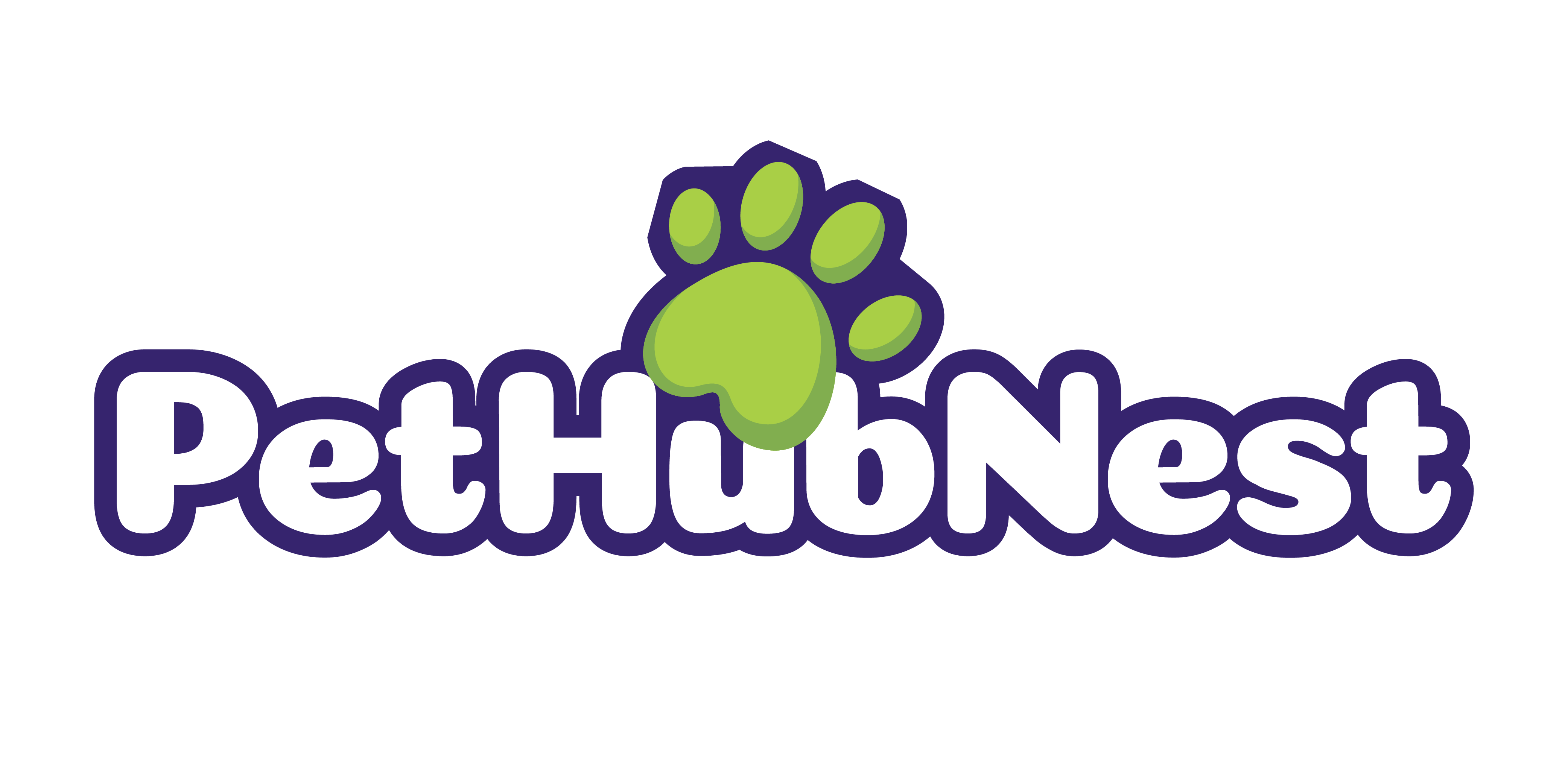
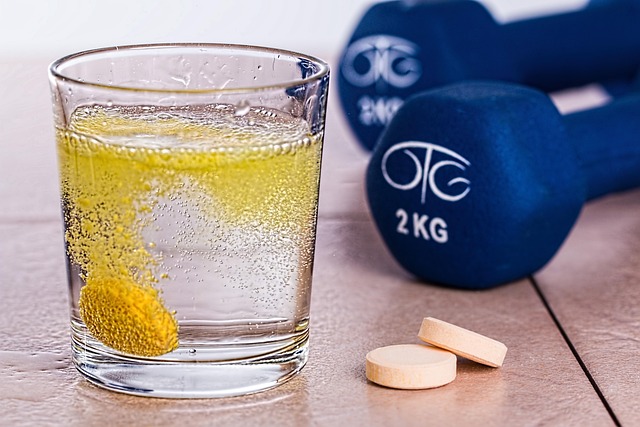
 Susana Richersonear writes for pethubnest focusing on digital tools, smart gadgets, and trends that make pet ownership easier. Her articles guide readers toward modern solutions for everyday pet needs.
Susana Richersonear writes for pethubnest focusing on digital tools, smart gadgets, and trends that make pet ownership easier. Her articles guide readers toward modern solutions for everyday pet needs.